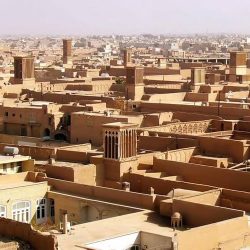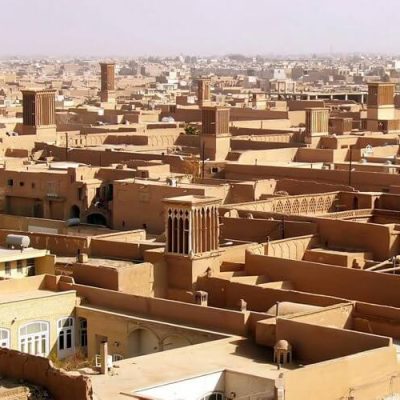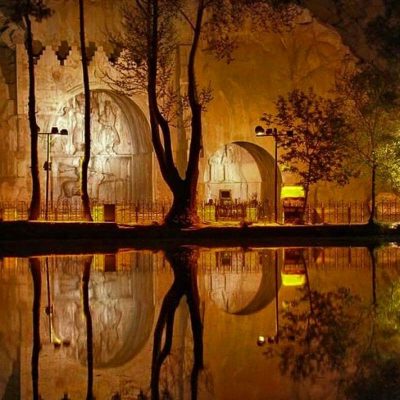Zoroastrianism or Zoroaster:
To date, there has been no exact date for the appearance of this religion. Some attributed it to 1000 BC or about 1200 BC. This religion was introduced by Iran’s Prophet, Zarathushtra. Zoroastrianism means anti-demon or anti-demon worshipers.
Zoroastrians are often referred to as monotheism and their God is called Ahura Mazda. Although some know Zoroastrian as bi-theism and state that their belief in the existence of good or evil and anti-demon or demon leads to being bi-theist.
The most important Zoroastrian beliefs are as follows:
Zoroastrians believe that all human life is a battle between goodness and devil and people can aid the goodness in this battle through good speech, good thoughts, and good deeds.
Zoroastrianism strongly believes in the final victory of goodness over devil and in the appearance of the Savior and knows the world after death and the final judgment as the key elements of being.
According to this religion, God is the creator of goodness. Therefore, human beings are obliged to continue this creation. So, agriculture, craft, marriage, and generation are all the main tasks of the believers and whatever tears apart this cycle of goodness creation is a sin. Accordingly, Zoroastrian strongly condemn abstraction, withdrawal from the world, stopping hard work, suicide, and homosexuality.
Zoroastrians hold grand and glorious rituals and ceremonies over the year. Among these rituals, a significant part was combined with Islamic traditions and revived and another part is still being held by Iranian Muslims and Zoroastrians.
Manichaean religion:
Manichaean was a universal religion that combined some elements of various religions such as Christianity, Zoroaster, Buddha, and the like. For example, they believed in reincarnation which is entirely based on the traditions of Hindi as much as they believe in Doben crypto-Zoroastrians.Watch Full Movie Online Streaming Online and Download
Because of the complexity of concepts, Money decided to present his followers an illustrated book. Manny’s book was Arzhang book and it gained popularity among Iranians in the Sassanid era.
Manny riding his horse also expanded his ideas in China so that the most resources relevant to his book are obtained from in the Turpan, China.
Mars was captured and possibly killed at the time of Bahram I, a weak-minded king who had trusted upon corrupted Zoroastrian clergymen.
It seems that Manichaean religion currently has no follower in the world and was abandoned due to the rise of following religions such as Islam. But it seems naive to ignore Manny’s hidden influence.
Today, the so-called Islamic mysticism is largely derived from Manny’s thoughts. Themes such as “The Descent of the Soul” and “loss of human existence” have still remained from Manichaean religion and Sassanid mysticism in Iran.
The Religion of Mazdak:
Unlike Manny’s, Mazdak’s ritual has highly social aspect and is away from mysticism. This religion is derived from the ideas of a man named Mazdak from Fasa. His followers called themselves true believers. Mazdak knew Zoroaster as his ancestor. The main reason for his arrival was social chaos, poverty, and chaotic situation made by the Sassanid Clergymen under the theocracy.
Kavadh I supported Mazdak to reduce the clergymen’s power and to increase the king’s authority; however, Mazdak gradually gained popularity and his people accepted him as a people-oriented king and clergyman. They would like to substitute Mazdak for the king. This led the king’s successor, namely Khosro and Anushirwan eradicate Mazdakian.
And also read : https://iranatour.com/iran-visa/









Post Discussion